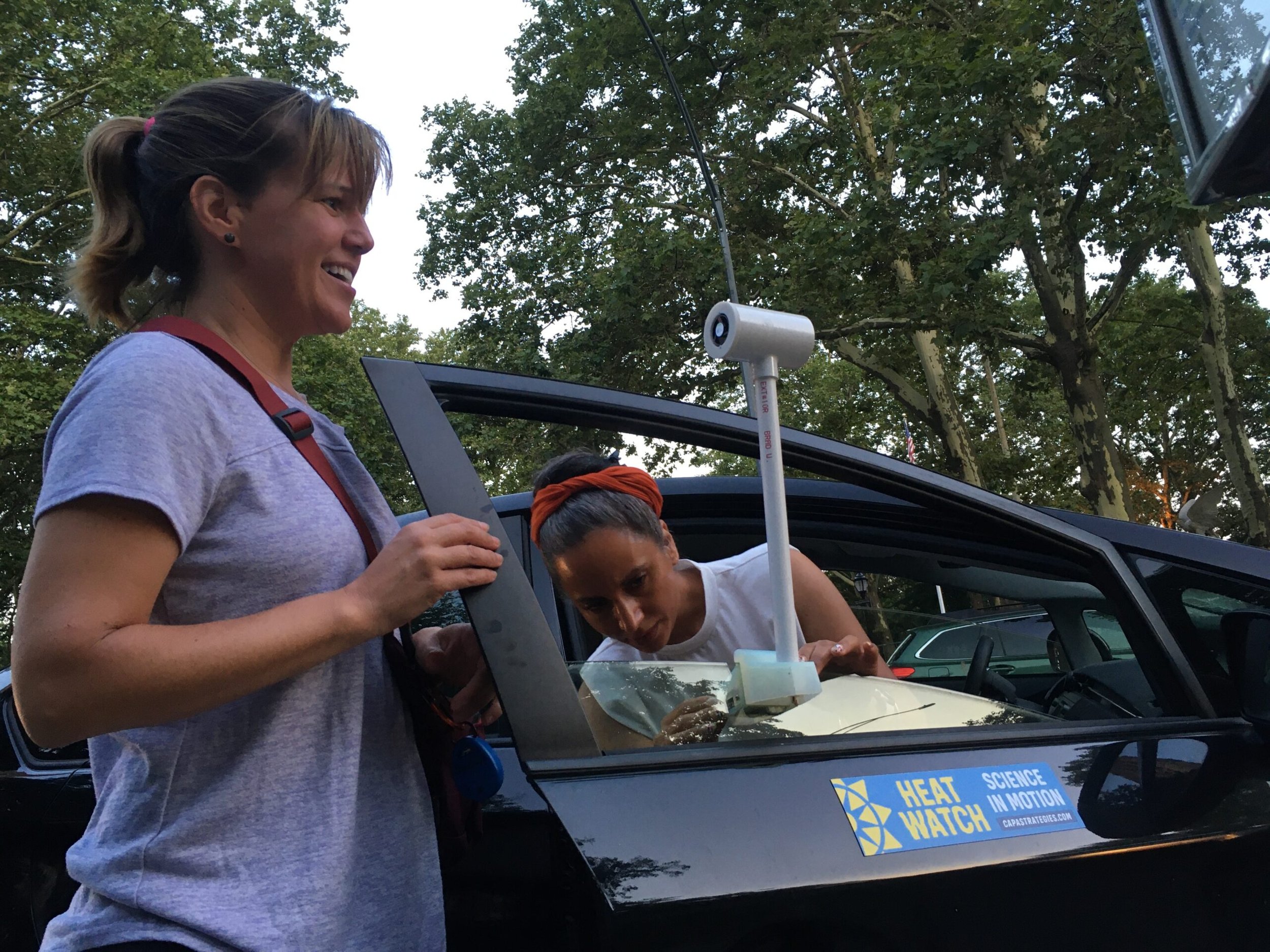Charting a Course to Shrink the Heat Gap Between New York City Neighborhoods
Inside Climate News
By: Delger Erdenesanaa
NEW YORK, N.Y.—A few weeks after a deadly June heat wave baked much of the United States, Francisco Casarrubias and another volunteer drove a 10-mile loop around the South Bronx with what looked like a small plastic periscope attached to the car’s passenger window. The sensor, which recorded the air temperature and humidity every second, was one of hundreds deployed around the country in a campaign to map the hottest neighborhoods in more than 20 cities, including New York.
Most people who live in cities know intuitively that areas with more concrete and asphalt are hotter than those with more parks, trees and water. Neighborhoods that were redlined in the 1930s—excluded from real estate investment, often because the residents were people of color or immigrants—tend to be hotter even now than others. This includes much of the South Bronx, which today is a densely populated and mostly low-income Black and Latino area
